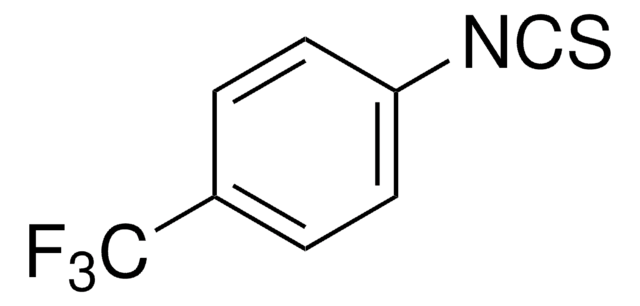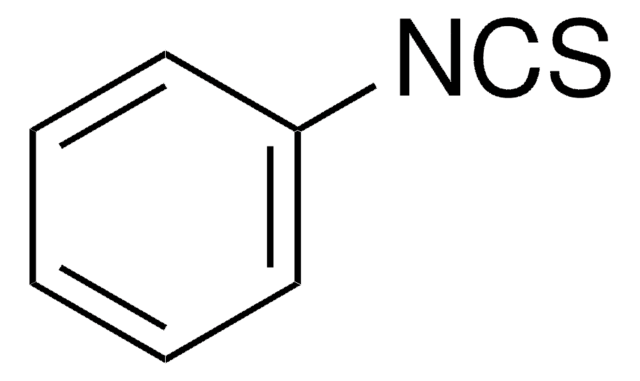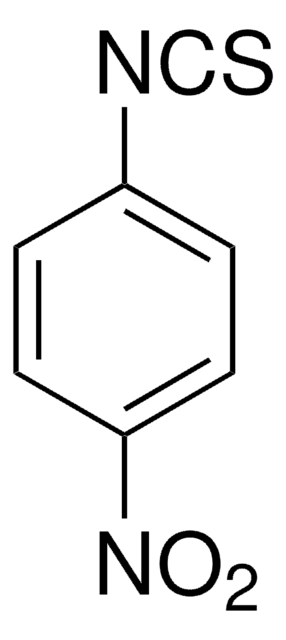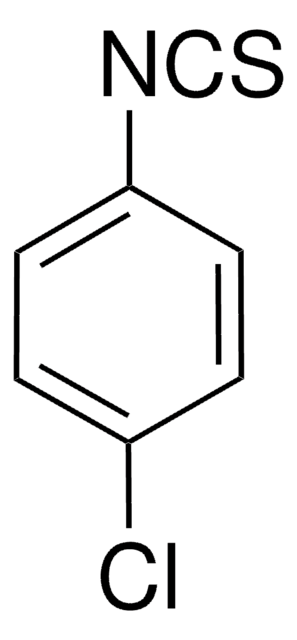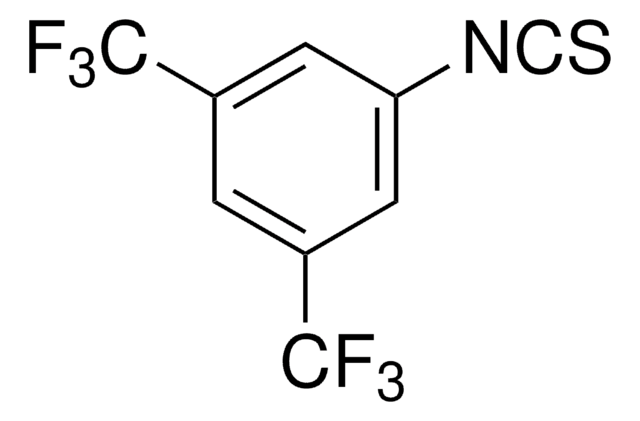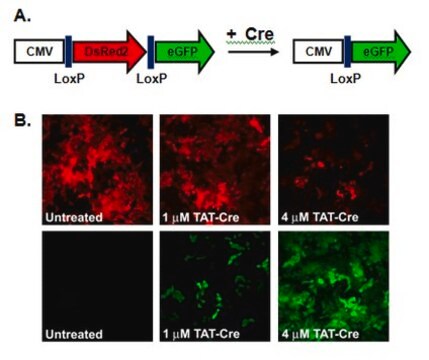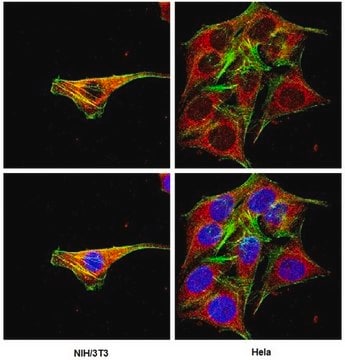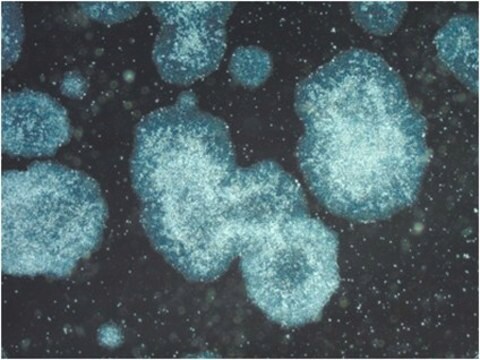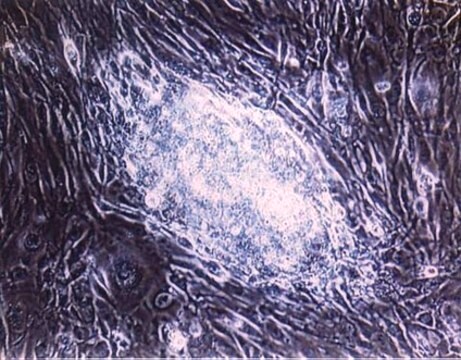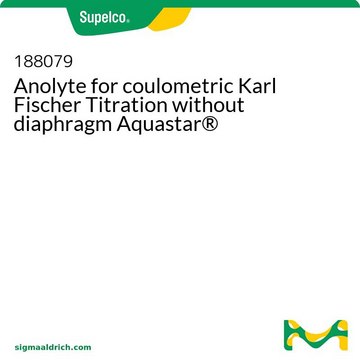1.20079
Eshmuno® Q Resin
Eshmuno® Q
Synonym(s):
Eshmuno® Q
About This Item
Recommended Products
Quality Level
ligand
(Trimethylammoniumethyl)
sterility
sterile (Caustic Stable)
product line
Eshmuno®
form
resin
specific analyte(s)
MAbs
parameter
1000 cm/hr flow rate
1000 cm/hr max. flow rate
8 bar max. pressure
matrix active group
polymer, polyvinyl ether
mean particle size
85 μm
capacity
150 mg binding capacity (BSA/mg of resin)
~150 mg, BSA binding capacity
Looking for similar products? Visit Product Comparison Guide
1 of 4
This Item | MAB3120 | CC130 | ESG2206 |
|---|---|---|---|
| biological source Escherichia coli | biological source mouse | biological source Escherichia coli, human | biological source - |
| technique(s) cell culture | stem cell: suitable | technique(s) ELISA: suitable, immunocytochemistry: suitable, immunofluorescence: suitable, immunohistochemistry: suitable, western blot: suitable | technique(s) cell attachment: suitable, cell culture | mammalian: suitable, cell culture | stem cell: suitable | technique(s) cell culture | stem cell: suitable |
| assay >70% (SDS-PAGE) | assay - | assay ≥92% (SDS-PAGE) | assay >85% (active component rat LIF (rtLIF), SDS-PAGE) |
| recombinant expressed in E. coli | recombinant - | recombinant - | recombinant - |
| form liquid | form - | form liquid | form liquid |
| shipped in dry ice | shipped in dry ice | shipped in dry ice | shipped in dry ice |
General description
Features and Benefits
- Purification of acidic and neutral proteins and peptides from different sources, including plasma
Superior productivity for downstream processing of biomolecules
- High flow rate versus pressure-flow behavior
- Excellent removal of impurities, such as HCP, leached Protein A, and viruses
- Robust and safe packing procedures
- Strong chemical stability
Packaging
- 1.20079.0100: Eshmuno® Q Resin 100ml
- 1.20079.0010: Eshmuno® Q Resin 10ml
- 1.20079.0500: Eshmuno® Q Resin 500ml
- 1.20079.5000: Eshmuno® Q Resin 5L
Analysis Note
Microscopic evaluation: Spherical particles, no agglomerates, no fines.
Extractable matter (water): ≤ 0.08 %
Ionic capacity: 90 - 190 µeq/ml
Performance test (conalbumin): 9 - 19 mS/cm
Performance test (human serum albumin): 20 - 30 mS/cm
Pressure drop(column: ID=1.6 cm, L=10 cm at 5 ml/min): ≤ 1.0 bar
Protein binding capacity(bovine serum albumin): 120 - 190 mg/ml
Particle size (50-120 µm): ≥ 80 %
Particle size (d50): 75 - 95 µm
Cerium: ≤ 30 µg/g
Endotoxins: ≤ 1.00 EU/ml
TAMC (total aerobic microbial count): ≤ 100 CFU/ml
TYMC (total yeast and mould count): ≤ 100 CFU/ml
Legal Information
signalword
Warning
hcodes
Hazard Classifications
Flam. Liq. 3
Storage Class
3 - Flammable liquids
wgk_germany
WGK 1
flash_point_f
95.0 °F
flash_point_c
35 °C
Certificates of Analysis (COA)
Search for Certificates of Analysis (COA) by entering the products Lot/Batch Number. Lot and Batch Numbers can be found on a product’s label following the words ‘Lot’ or ‘Batch’.
Already Own This Product?
Find documentation for the products that you have recently purchased in the Document Library.
Customers Also Viewed
Protocols
Summary application report for analysis of moisture in Polyurethane glues
Summary application report for analysis of moisture in Sugar
Foodstuffs encompass the most diverse products. Depending on whether carbohydrate-rich, fatty or proteinrich substances are under investigation, different working techniques are favourable. Complex matrices that dissolve slowly, or where the water can only be slowly extracted, necessitate the use of solubilisers.
Summary application report for analysis of moisture in Sugar
Our team of scientists has experience in all areas of research including Life Science, Material Science, Chemical Synthesis, Chromatography, Analytical and many others.
Contact Technical Service